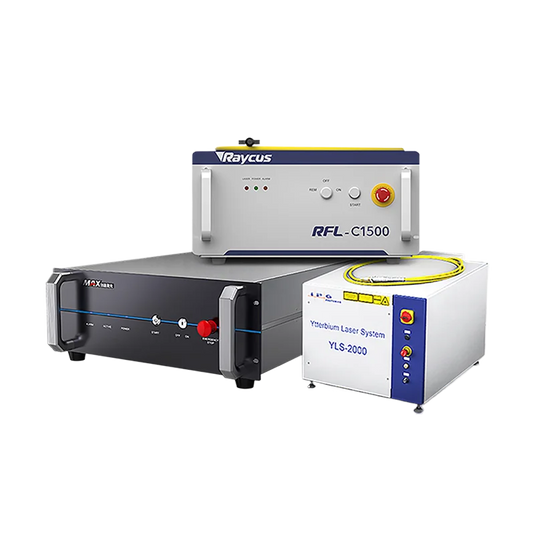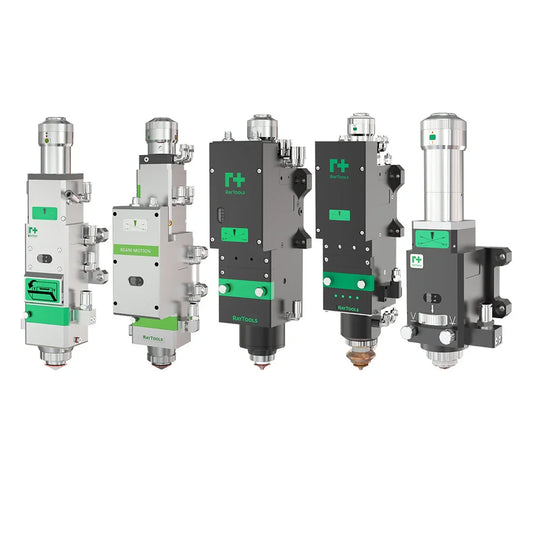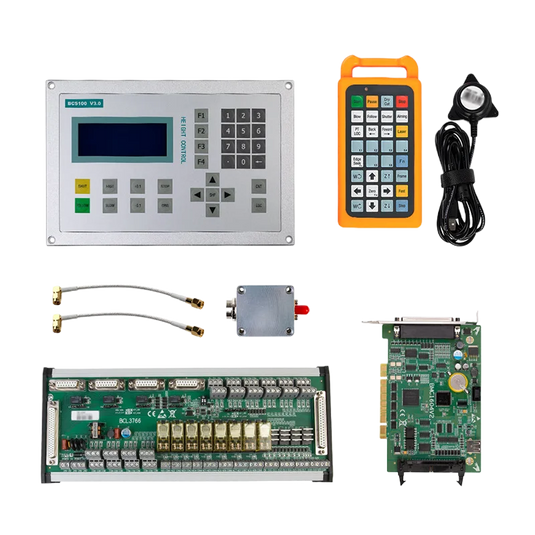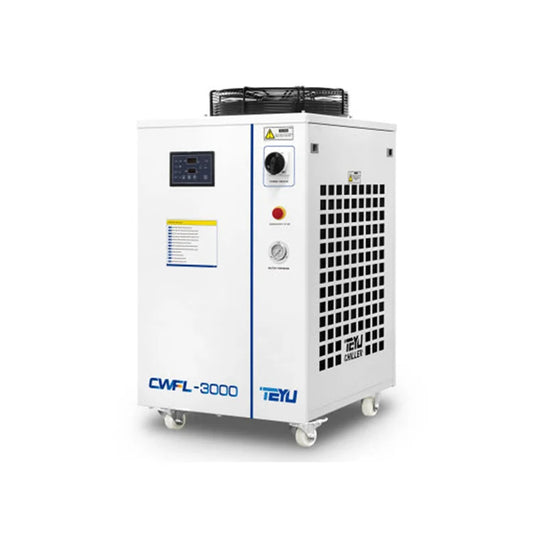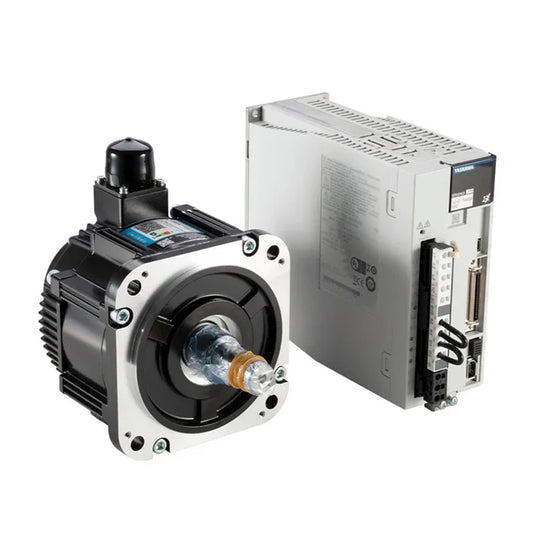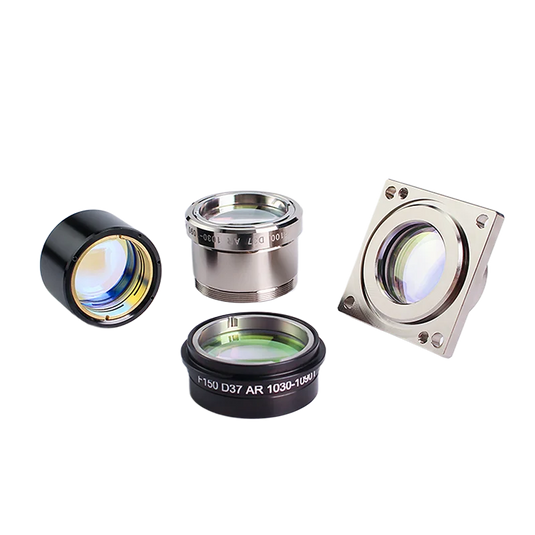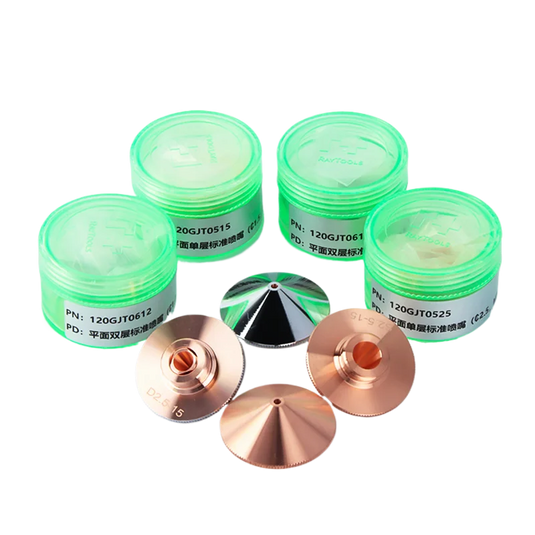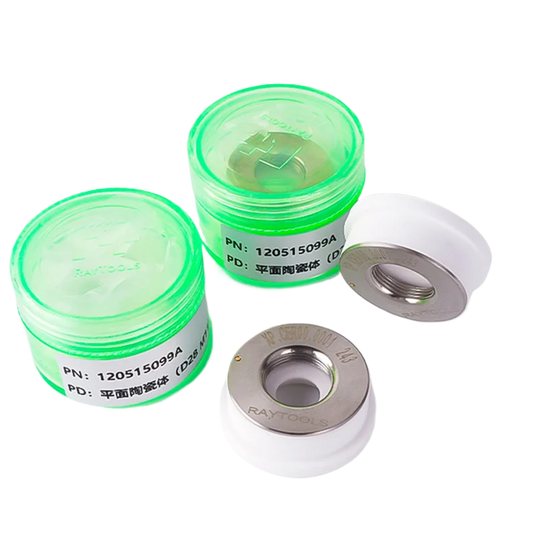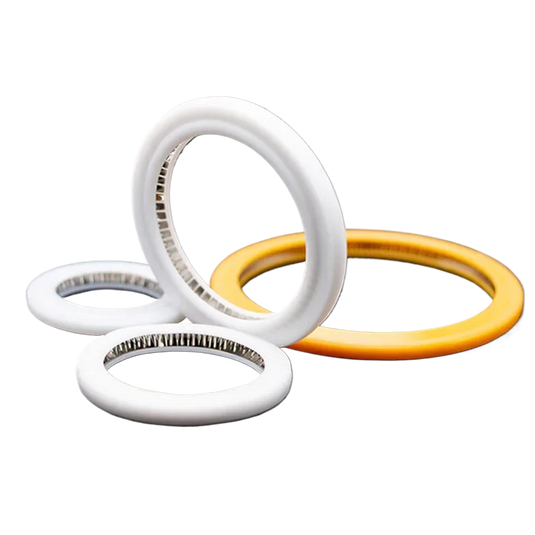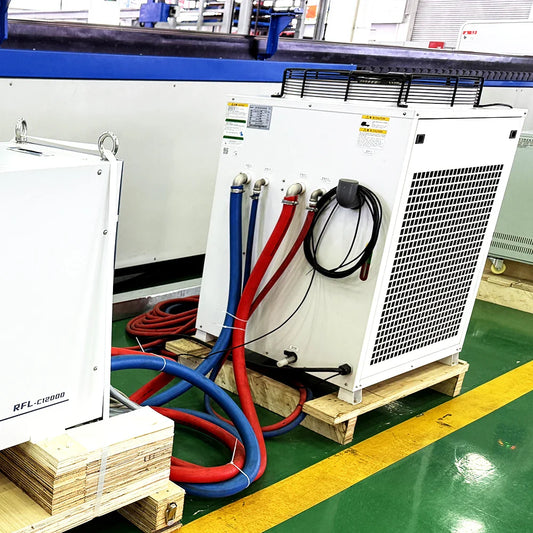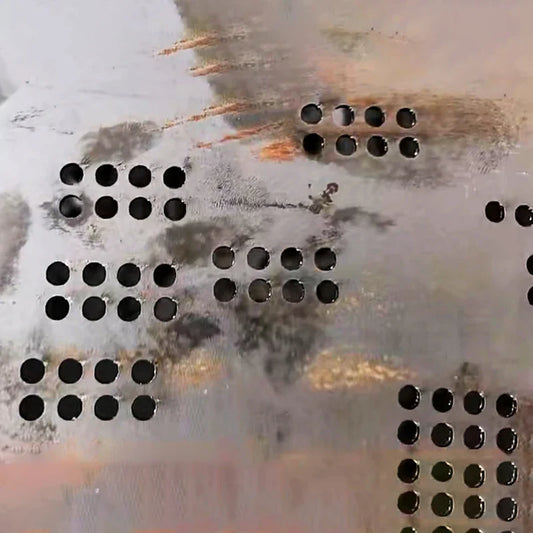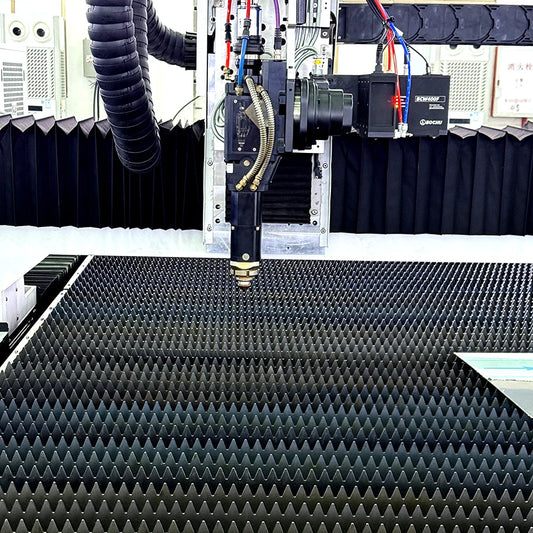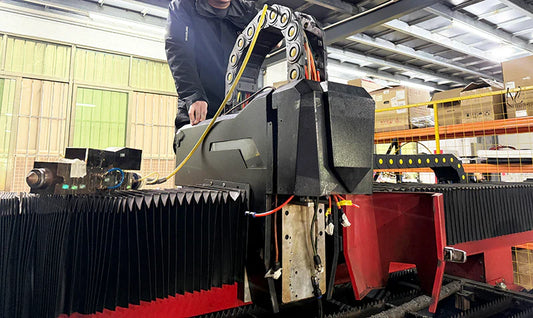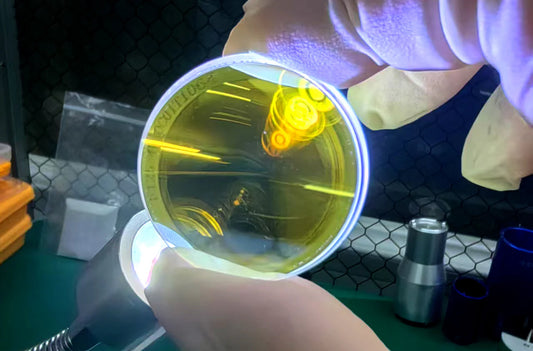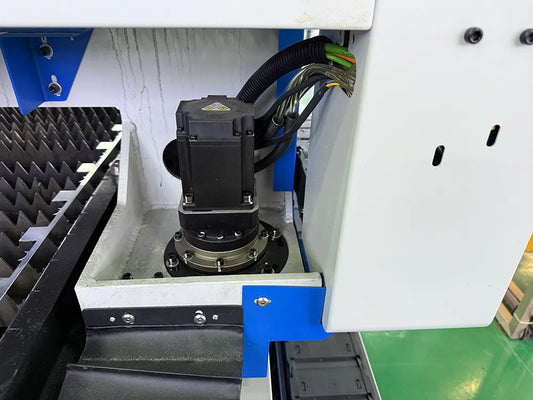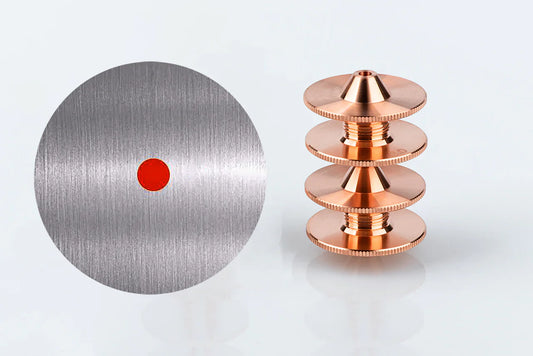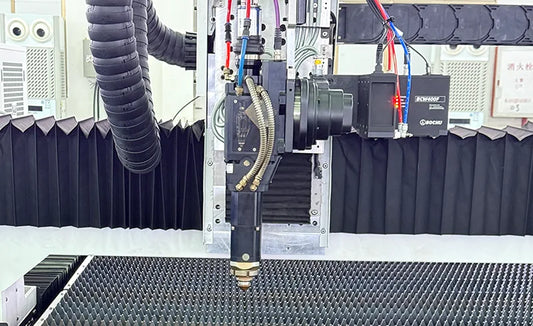How Do Laser Cleaning Machines Work? A Comprehensive Guide to Non-Destructive Cleaning
Overview
Maintaining pristine and contaminant-free surfaces is essential for the safety, performance, and endurance of various industries, including aerospace and food production. For a long time, conventional cleaning methods, such as thermal treatments, chemical baths, or sandblasting, were the preferred solutions. Nevertheless, these methods frequently have substantial disadvantages, such as the potential for environmental damage, the high cost of operation, and the potential for labor injury. Laser cleansing is a state-of-the-art, non-contact technology that is revolutionizing the preparation and maintenance of surfaces. This blog delves into the operation of laser cleansing, its advantages over traditional methods, and its transformative applications in a variety of industries.
What is Laser Cleaning?
The process of laser cleansing is a type of laser ablation, which involves the selective removal of contaminants, coatings, or residues from a surface using focused photon energy without causing damage to the underlying material. Laser cleansing accomplishes precision by employing controlled light pulses, as opposed to conventional methods that depend on abrasives, chemicals, or heat.
A high-intensity laser beam is directed onto the target surface during the procedure. The laser's energy is absorbed when it interacts with the contaminant (e.g., corrosion, paint, or oil), resulting in the rapid heating and vaporization (ablation) of the undesirable material. It is of the utmost importance that the laser parameters—wavelength, pulse duration, and energy—are calibrated to remain below the ablation threshold of the substrate material. This guarantees that only the contaminant is eliminated, leaving the base material unaffected.
How Does Laser Cleaning Operate?
Laser cleansing is fundamentally predicated on the principle of selective photothermal interaction. Step-by-step information is provided below:
- Laser Beam Delivery: Mirrors or fiber optics are employed to direct a pulsed or continuous-wave laser beam onto the surface.
- Energy Absorption: The laser's energy is absorbed by the contaminant layer, causing it to heat up swiftly.
- Ablation: The contaminant is vaporized or disintegrated into fine particles as a result of the absorbed energy.
- Debris Removal: The loose particles are removed by a vacuum or air flow system, resulting in a pristine surface.
Laser scanning technology is employed in contemporary systems to expedite the movement of the beam across intricate or expansive regions. Operators can customize the process to accommodate various materials and contaminant levels by modifying parameters such as scanning speed, pulse frequency, and spot size.
Advantages of Laser Cleaning
Laser cleansing is the preferred method for industries that prioritize safety, sustainability, and efficiency, as it offers unparalleled advantages over traditional methods.
1. Process of Non-Contact
Laser cleansing necessitates no physical contact with the surface, in contrast to abrasive blasting or scouring. This minimizes the likelihood of surface damage and eliminates wear and strain on delicate components.
2. Selectivity and Precision
Lasers are particularly well-suited for the selective cleansing of intricate parts or the targeting of contaminants as thin as a micron. For instance, the removal of oxidation from a circuit board without disrupting the solder connections.
3. Scalability and High Speed
Depending on the application, advanced systems can sanitize an impressive 10,000 square feet per hour. Automated laser systems facilitate rapid, large-scale processing by seamlessly integrating into production lines.
4. Sustainable and Eco-Friendly
Laser cleansing is energy-efficient and generates no secondary debris, such as used abrasives or chemical solvents. This eliminates the necessity for hazardous material disposal and reduces CO₂ emissions.
5. Improved Safety
Laser cleaning establishes a secure work environment by refraining from the use of noxious chemicals, airborne dust, or noisy machinery. Exposure to vapors is further reduced by fume extraction systems.
6. A Long-Term, Cost-Effective Solution
Although the initial investment in laser apparatus may be higher, the elimination of consumables (e.g., sand, dry ice) and reduced downtime result in substantial savings over time.
Traditional Methods vs. Laser Cleaning
In order to comprehend the significance of laser technology, it is necessary to contrast it with conventional cleansing methods.
1. Vs Sandblasting: Sandblasting uses high - pressure water or air to push abrasive particles. It has high material handling and disposal costs, and the reused media degrades, affecting cleaning results. It also poses safety risks to workers due to dust and noise.
2. Vs Dry Ice Blasting: Dry ice blasting uses compressed air to push dry ice pellets. While it reduces some disposal issues, it is costly in terms of consumables and environmentally damaging as a large amount of CO2 is released. It is also noisy and requires hearing protection.
3. Vs Chemical Cleaning: Chemical cleaning uses solvents to dissolve coatings and residues. It is a slow process, requires a lot of floor space, and the handling and disposal of hazardous chemicals are costly and require strict safety precautions. However, it can be effective for cleaning hard - to - reach areas.
4. Vs Thermal Cleaning: Thermal cleaning uses high temperatures to burn away contaminants. It is energy - costly and can damage underlying materials. It also cannot achieve selective removal.
Applications of Laser Cleaning
The adaptability of laser cleansing renders it appropriate for a wide range of industrial and commercial applications:
1. Removal of Corrosion and Rust
Restore metal surfaces on machinery, pipelines, or historical artifacts without causing abrasive damage.
2. Removal of Paint and Coatings
Ensuring optimum adhesion, prepare surfaces for repainting in the automotive or aerospace sectors.
3. Mold Maintenance
Reduce manufacturing delay by eliminating obstinate release agents from injection molds.
4. Preparation for Welding and Bonding
To prevent the deterioration of welds or adhesives, it is necessary to clean surfaces or joints to remove oxides, lubricants, or residues.
5. Sterilization of Medical and Food Equipment
Decontaminate surgical instruments or food processing apparatus without the use of chemicals or heat.
Industries Utilizing Laser Cleaning Aerospace: Clean turbine blades, fuselage panels, and engine components
- Automotive: Either prepare car bodies for painting or remove carbon deposits from engines.
- Nuclear: Decontaminate radioactive surfaces in a safe manner.
- Heritage Conservation: Restore monuments, sculptures, and antiquities.
- Circuit boards or semiconductor components should be meticulously cleaned in the field of electronics.
The Future of Laser Cleaning
Laser cleaning is on the brink of becoming the industry standard for surface treatment as industries worldwide prioritize automation and sustainability. Its accessibility is being expanded by advancements such as AI-driven parameter optimization and portable laser systems. Adoption will be further stimulated by the implementation of more stringent environmental regulations regarding waste disposal and chemical use.
In conclusion
Laser cleansing is not merely a technological advancement; it represents a fundamental change in industrial maintenance. It addresses the constraints of conventional methods by integrating precision, efficiency, and eco-friendliness, thereby revealing new opportunities for safety and quality. Incorporating laser cleansing into your operations could be the critical factor in maintaining a competitive edge in a swiftly changing industrial landscape, regardless of whether you are in the aerospace, manufacturing, or healthcare sectors.
Are you prepared to investigate the potential of laser cleansing for your business? Please reach out to us to discover how this cutting-edge technology can revolutionize your surface preparation procedures.

